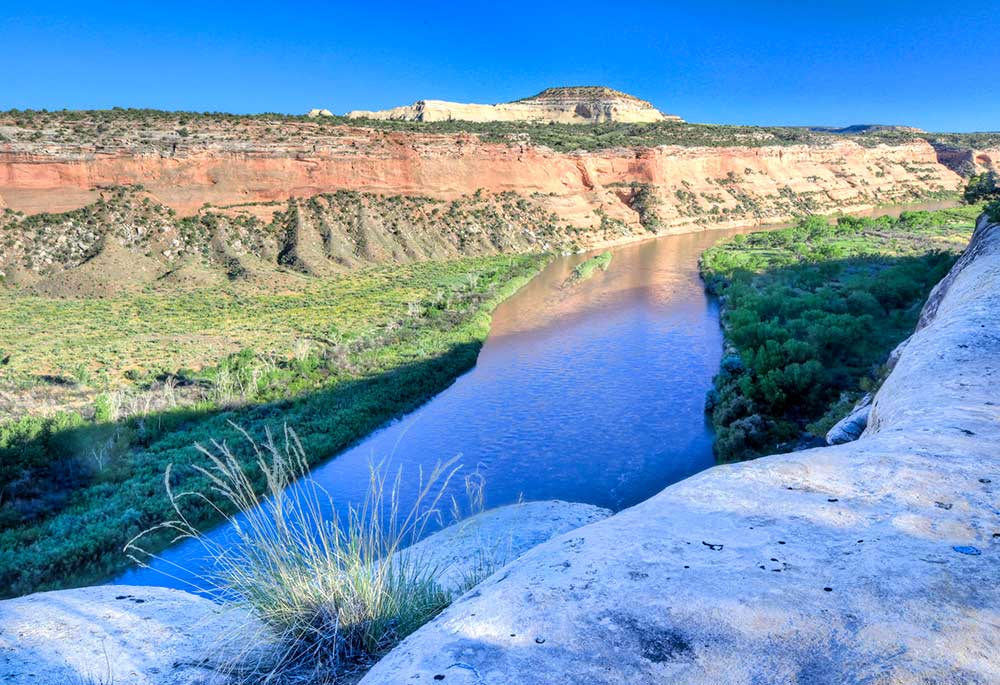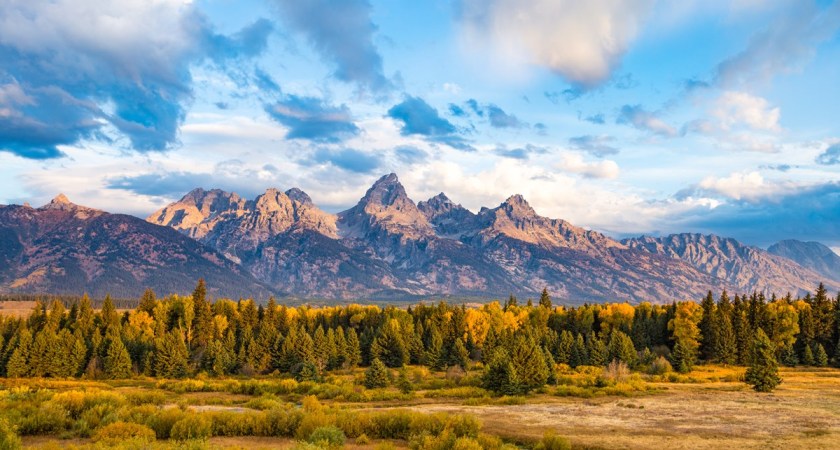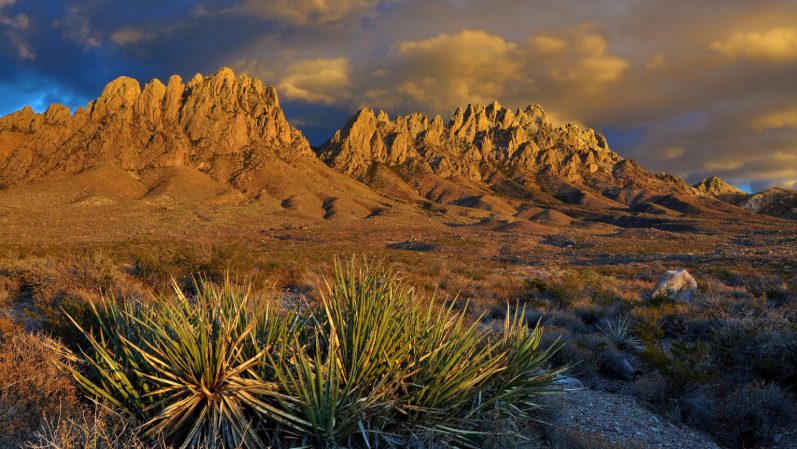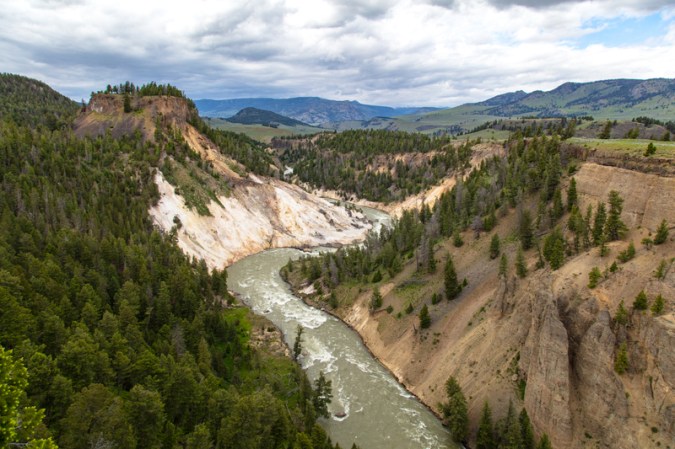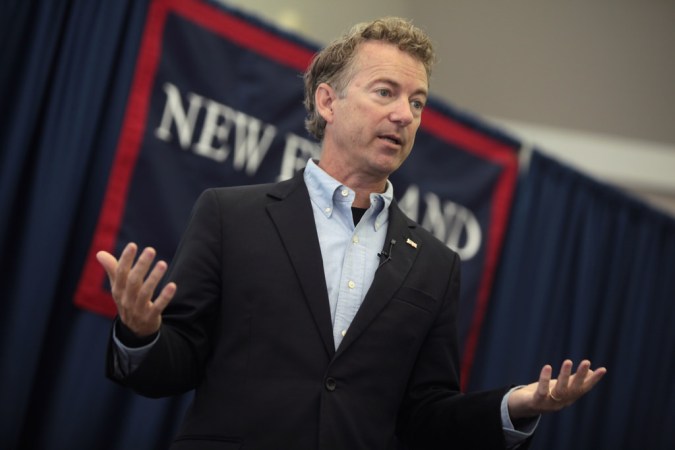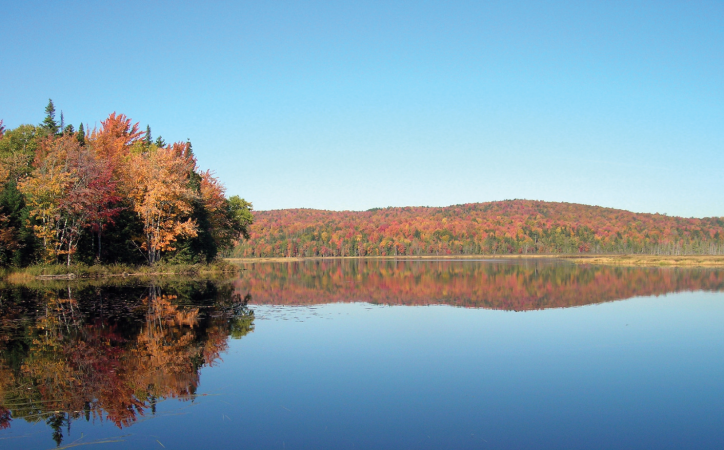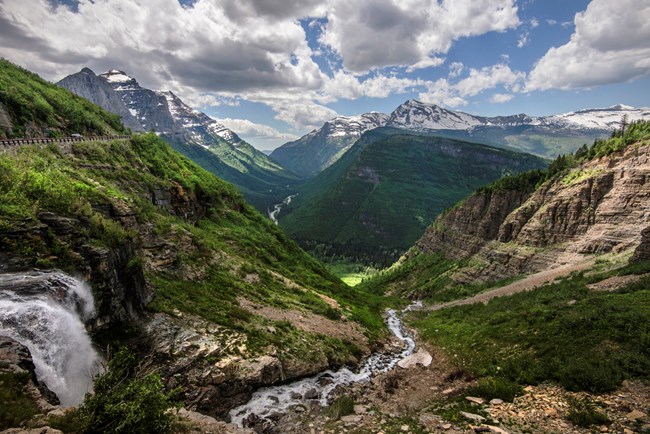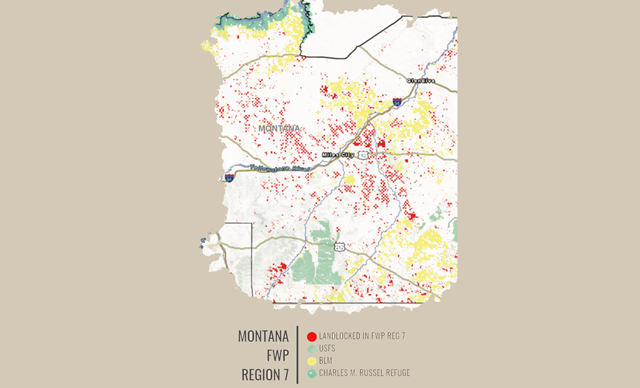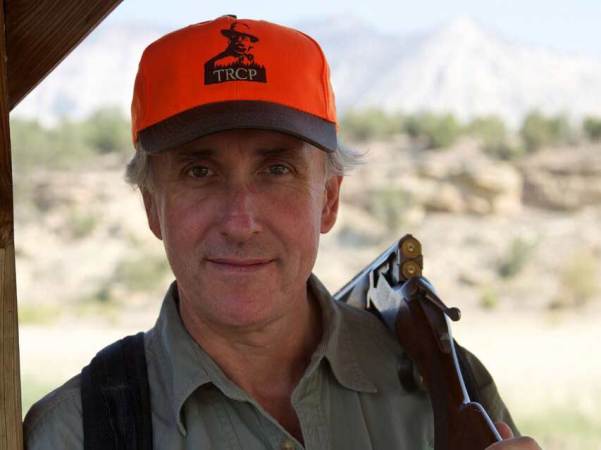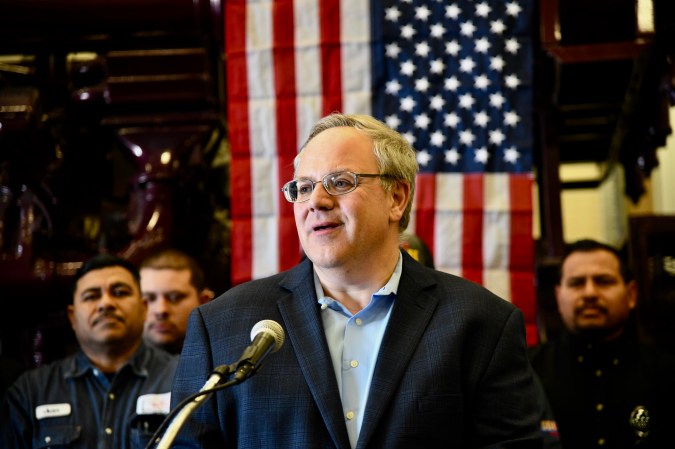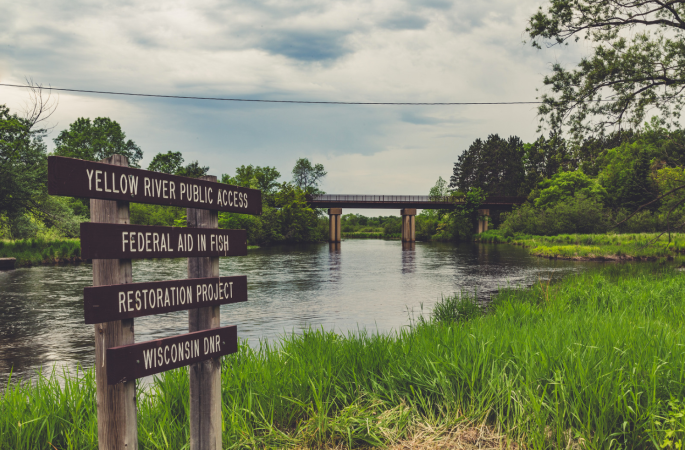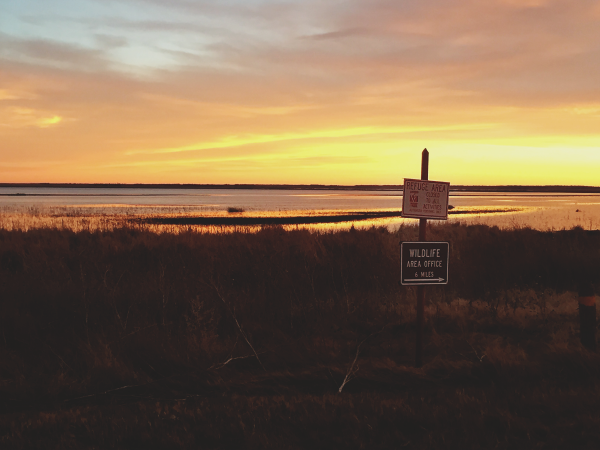Future generations of hunters and anglers stand to benefit for decades to come from the John D. Dingell Jr. Conservation, Management and Recreation Act, which was signed into law by President Trump today.
“The passage of this legislation proves that conservation is above partisan politics,” said Whit Fosburgh, president and CEO of Theodore Roosevelt Conservation Partnership. “Congress has indicated that the health of our fish and wildlife populations, habitat, and outdoor recreation economy is a bipartisan issue and has reliable champions. We hope to see continued leadership.”
The law, previously called Senate Bill 47, or the Public Lands Package, has been in the works for years. Perhaps most importantly, it permanently reauthorizes the Land and Water Conservation Fund (LWCF), a key funding mechanism for protecting wildlife habitat and recreational access. LWCF expired in 2018 after being the law of the land for 53 years.
“Together, the public lands grassroots nation rose up to ensure the passage of this historic bill,” said Land Tawney, CEO of Backcountry Hunters and Anglers. “We wrote letters, we made phone calls, we met with our elected officials and we traveled from across the country to Washington, D.C., and together we made our voices heard. Today we can celebrate a victory that has been years in the making.”
Read Next: House Passes Historic Public Lands Package, Natural Resources Management Act
The law has several provisions that drew the support of hunting, fishing, and recreational groups across the political spectrum.
- The LWCF will be permanently reauthorized, which means greater certainty for long-term conservation measures. Lawmakers will have to wrestle out exact funding levels in the future but the program is emerges intact, with a stronger future than ever. The new law requires that three percent of LWCF funding go to open access to “landlocked” public land that is surrounded by private ground.
- Another provision clarifies that public lands like national forests should remain open to hunting and fishing and shooting–unless there is a specific and limited reason to close it (such as safety zone around a campground.)
- Archers should be pleased with language that clarifies that bows and arrows may legally be transported across national park land.
- The law protects about one million acres of public land as official wilderness areas. These areas are in Oregon, Utah, and New Mexico.
- The law protects about 600 miles of free-flowing rivers under the Wild & Scenic Rivers Act. These include streams in Utah, Oregon and New England.
- The law withdraws valuable land and fisheries from mining development. This includes land in Washington State’s Cascade Mountains and north of Yellowstone National Park in Montana.
- It requires the government to keep track of and make public payments made to people or groups that are reimbursed for suing the government under the Equal Access to Justice Act.
